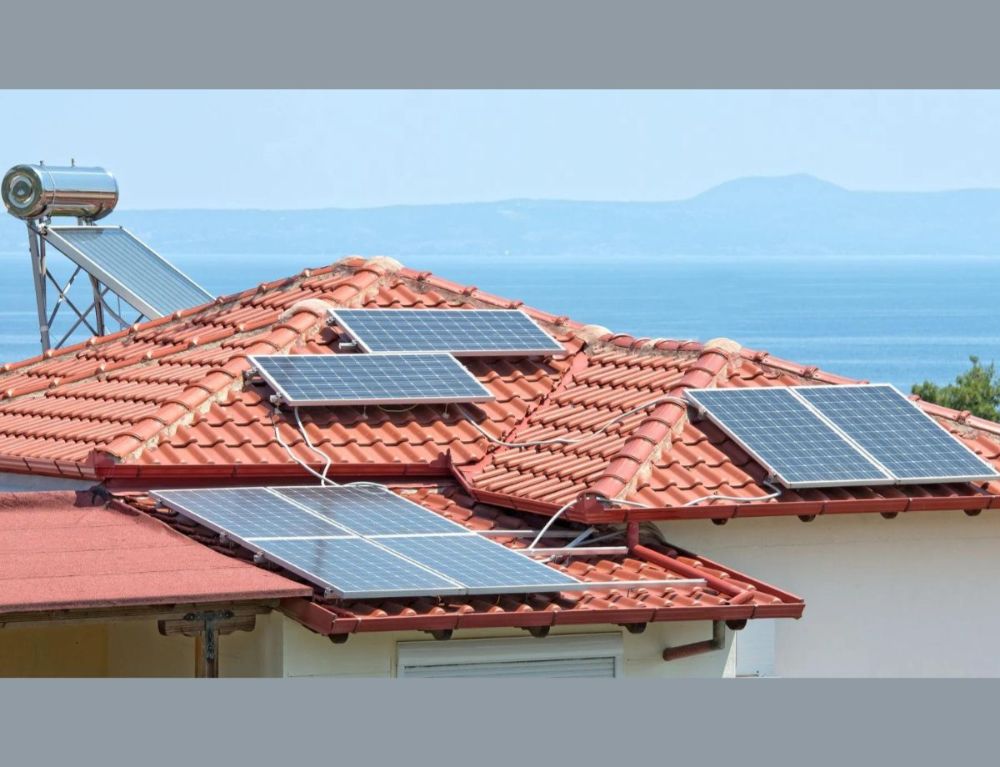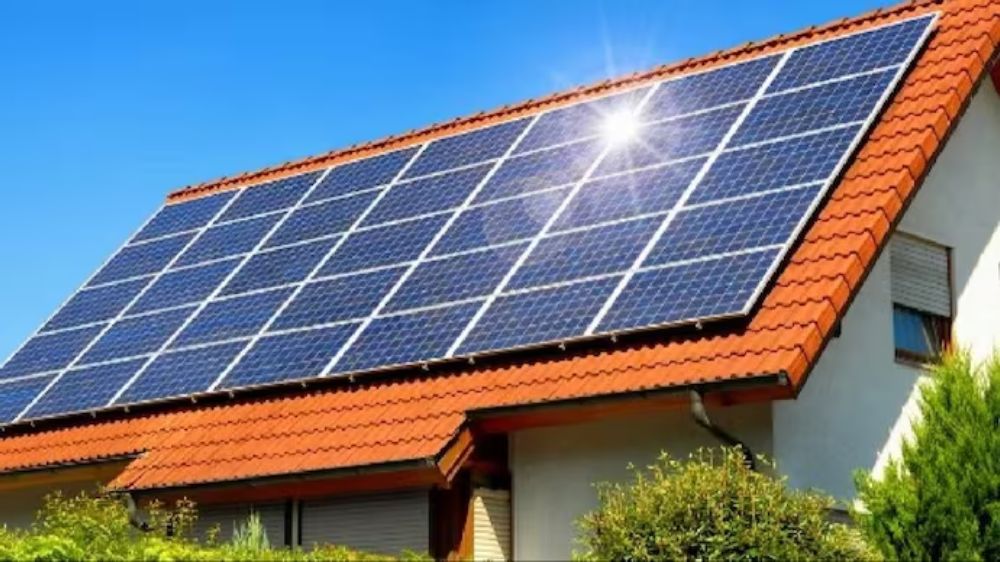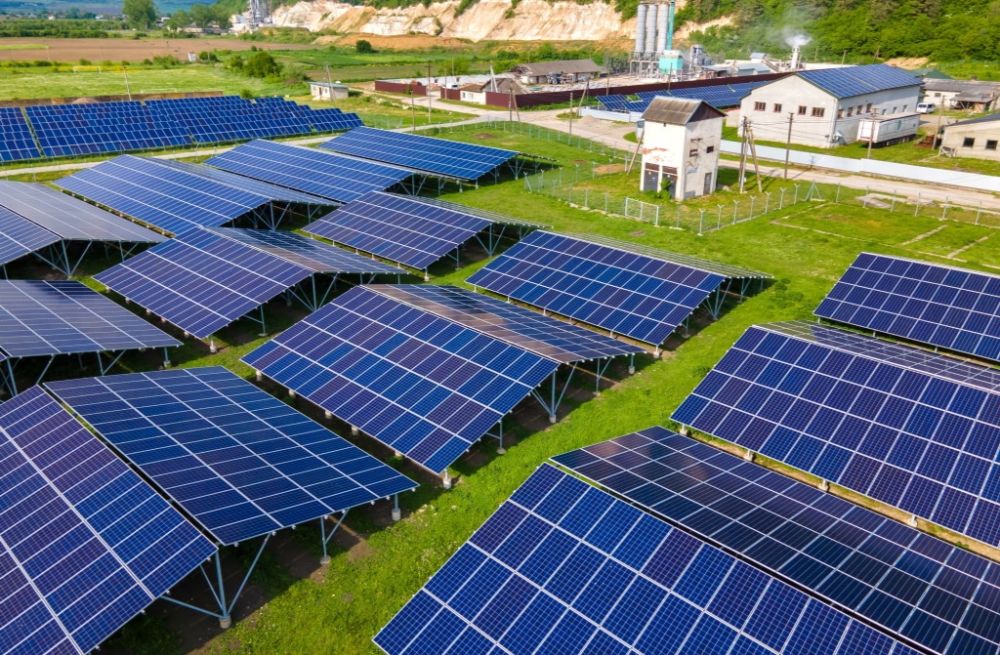As India’s population expands, the rising energy needs present a challenge for the power sector. With increasing demand, there is a shift towards adopting solar and other renewable energy sources. However, the main challenge remains inadequate resources compared to consumption levels. Many individuals find it financially burdensome to afford high monthly electricity bills. In response, the government proposes solar energy as a feasible alternative to conventional electrical power.

Finance Minister Nirmala Sitharam announced a rooftop solar panel scheme for 1 crore houses up which will offer 300 units for free under Pradhan Mantri Suryodaya Yojana. This scheme will help users save up to INR 15000-18000 per annum.
The anticipated benefits of this scheme include:
Cost Savings: Households can expect savings of up to fifteen to eighteen thousand rupees annually by harnessing free solar electricity and selling surplus energy to distribution companies.
Electric Vehicle Charging: The scheme facilitates the charging of electric vehicles, promoting sustainable transportation solutions.
Entrepreneurship Opportunities: The initiative creates entrepreneurship opportunities for numerous vendors involved in the supply and installation of solar panels, fostering economic growth in the renewable energy sector.

Employment Generation: There are employment opportunities for skilled youth in various aspects of the solar industry, including manufacturing, installation, and maintenance, thus addressing unemployment and promoting skill development.
The Pradhanmantri Suryodaya Yojana intends to supply power household through solar rooftop installations while also providing extra money for excess electricity output. Prime Minister Narendra Modi made this announcement on January 22, 2024.
Grid-connected Rooftop Solar Scheme
Meanwhile, the Ministry of New and Renewable Energy had initiated the implementation of the Grid-connected Rooftop Solar Scheme, aimed at harnessing solar power through the installation of solar panels on residential rooftops.
In grid connected rooftop or small SPV system, the DC power generated from SPV panel is converted to AC power using power conditioning unit and is fed to the grid either of 33 kV/11 kV three phase lines or of 440/220 Volt three/single phase line depending on the capacity of the system installed at institution/commercial establishment or residential complex and the regulatory framework specified for respective States. Such rooftop systems can be installed at the roofs of residential and commercial complex, housing societies, community centers, government organizations, private institutions etc. There is a provision of Central Financial Assistance of 15% of the total cost or INR 12 per watt or INR 1.20 crore per MWp under the Grid Connected Rooftop and Small Solar Plants Programme of the Ministry. This CFA has been reduced from 30% to 15%.

Here are the key points regarding the scheme:
Application Process: Households interested in installing rooftop solar panels can apply through the National Portal for Solar Rooftop (Grid-Connected Rooftop) at solarrooftop.gov.in.
Cost and Subsidy: Residential consumers are required to pay for the rooftop solar plant, deducting the subsidy amount provided by the Ministry at the prescribed rate. The Ministry, facilitated by DISCOMs, will directly provide the subsidy to the vendors.
Maintenance: The empanelled vendors will not only install the solar panels and related equipment but also offer 5-year maintenance services for the rooftop solar plant.
Net Metering: Distribution companies (DISCOMs) are mandated to ensure that net metering, a system that allows consumers to receive credits for excess electricity generated by their solar panels, is provided within 15 days of receiving the relevant information.
Subsidy Disbursement: The Government of India’s subsidy will be credited to the account of the householder by the DISCOM within 30 days of the installation.
Eligibility for Subsidy: Central financial assistance (CFA) or subsidy is exclusively available for grid-connected solar rooftop projects in the residential sector. Other sectors such as government, institutional, social, commercial, and industrial sectors are not eligible for this subsidy.
